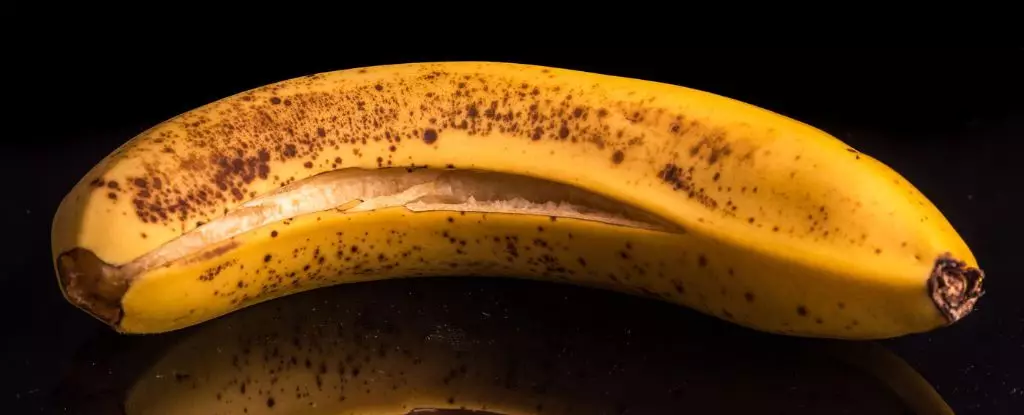Bananas are a staple in many diets around the world, cherished for their sweetness, convenience, and rich nutritional profile. Yet, while most people focus solely on the creamy fruit inside, they unknowingly discard a veritable goldmine of nutrients: the banana peel. Recent research has uncovered the peel’s potential as an ingredient that not only enhances flavors in baked goods but also packs a powerful nutritional punch. As we breeze through a world filled with food waste and rising health consciousness, the need to re-evaluate how we perceive these once-overlooked food by-products has never been more urgent.
The Science Behind the Peel
A pioneering study in 2022 has brought substantial attention to the nutritional value hidden in banana peels. Ground and converted into flour, banana peels have proven to be a game-changer in the culinary world, with findings illustrating that baked goods made with banana peel flour can compete successfully against conventional wheat-based products. The consumer feedback was overwhelmingly positive, with taste-testers unable to distinguish between traditional cookies and those infused with peel flour. This speaks volumes about the possibilities of versatility in the kitchen, where flavors and nutrition can coalesce into something astounding.
Moreover, these studies highlighted the peel’s high content of minerals and antioxidants, including magnesium, potassium, and dietary fiber. Such nutrients are pivotal for overall health, supporting everything from heart function to digestive health. So, what’s the catch? Overextending the contribution of banana peel flour can lead to undesirable textures, like a tougher cookie, but targeted applications have shown that achieving the perfect balance at 7.5% integration results in cookies that are not only attractive but also shelf-stable for months.
Beyond Baking: A Culinary Renaissance
While the initial experiments concentrated on cookies, the implications stretch far beyond. Banana peel flour is ripe for experimentation in a host of other baked goods such as breads, cakes, and even pasta. One particularly tantalizing exploration included banana peel cake which utilized the fruit’s skin both for its color and nutritional enhancements. A prior study also found that substituting a mere 10% of traditional wheat flour with banana peel flour generated an astonishing increase in protein, carbs, and lipids. Such versatility challenges the notion of food hierarchy and encourages chefs and home cooks alike to think outside the box.
Diving deeper into the culinary landscape, famous chefs like Nigella Lawson have creatively used banana peels in savory dishes, while the vegan community has taken it a step further, crafting innovative offerings such as banana peel bacon and pulled peel ‘pork.’ The efforts to capitalize on the entirety of the fruit highlight an exciting shift towards sustainable cooking, ensuring that nothing goes to waste.
Environmental Impact and Waste Reduction
The environmental ramifications of embracing banana peel in our diets cannot be dismissed. With approximately 40% of a banana’s weight found in its peel, crisping these leftovers into glorious dishes not only boosts individual health but also significantly reduces food waste. Such initiatives are critical in a world increasingly aware of the detrimental impact of food waste on the environment and the importance of sustainability.
Moreover, certain properties inherent in banana peels—such as their antioxidants and antimicrobial elements—suggest these skins could even prolong the shelf life of other food products. This underscores a fascinating prospect: the capability for fruit skins to enhance not just our meals but our collective food sustainability efforts.
Culinary Innovation and the Future of Food
In advancing this movement, it’s essential that we shift our mindset regarding what constitutes a food item worthy of consumption. The age of food innovation calls for a re-evaluation of our culinary traditions, and what better way to embrace that than by understanding and utilizing the full spectrum of our food resources? With banana peels leading the charge, we have a unique opportunity to celebrate creativity in cooking while nurturing our bodies and our planet. The message is clear: the next time you peel a banana, think twice before tossing that skin into the trash. Your future meals—and the environment—might just thank you for it.


Leave a Reply